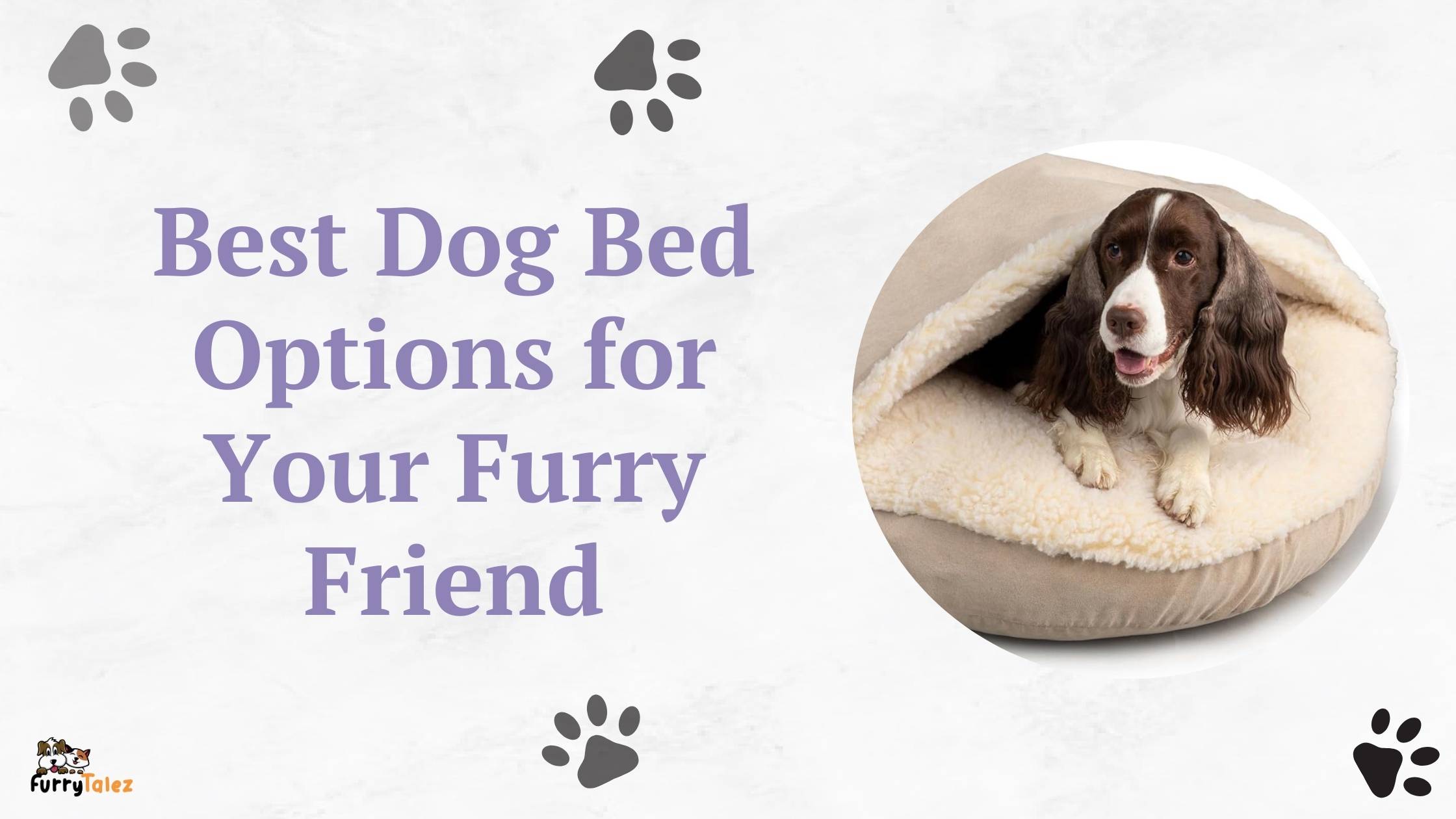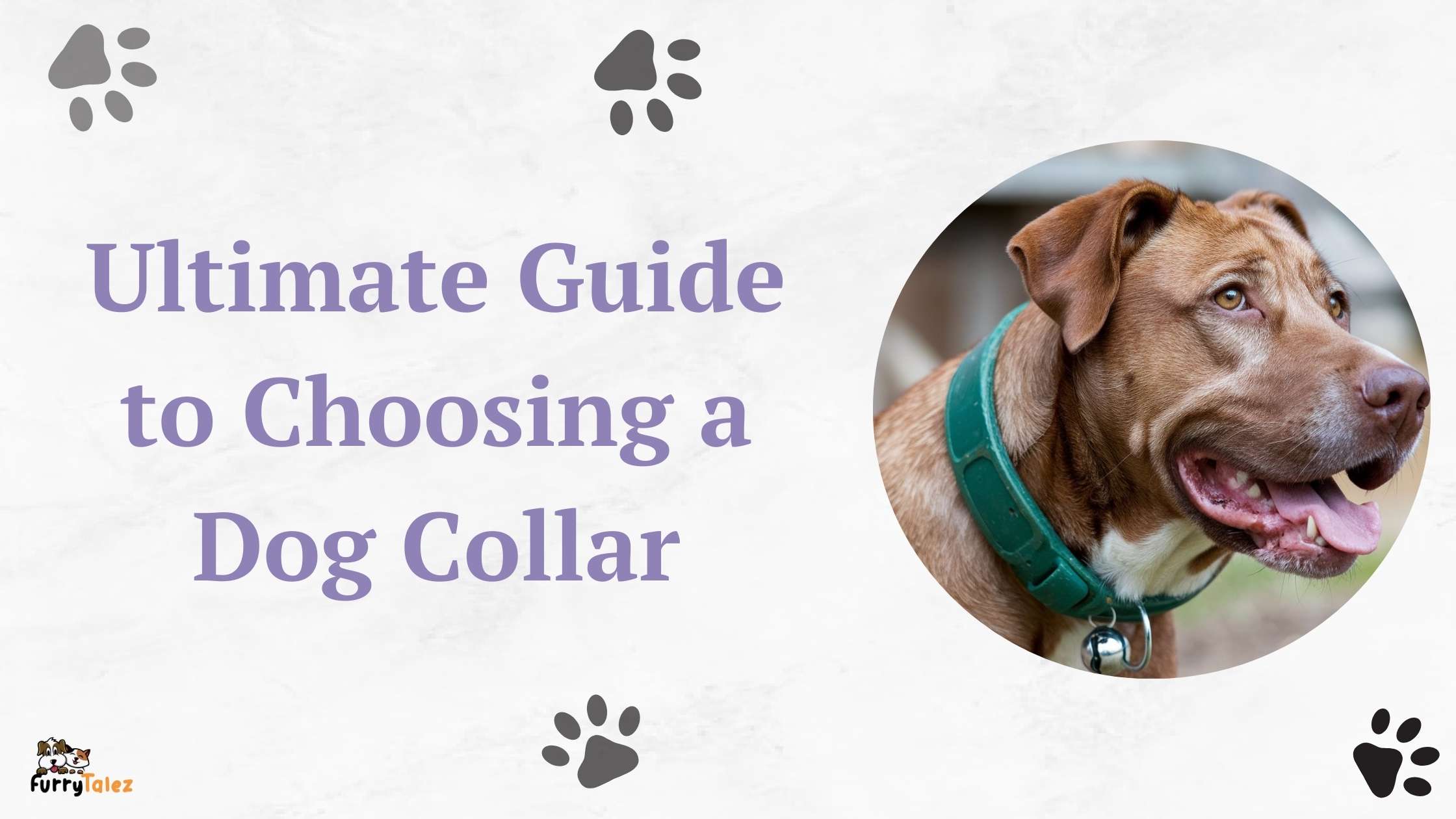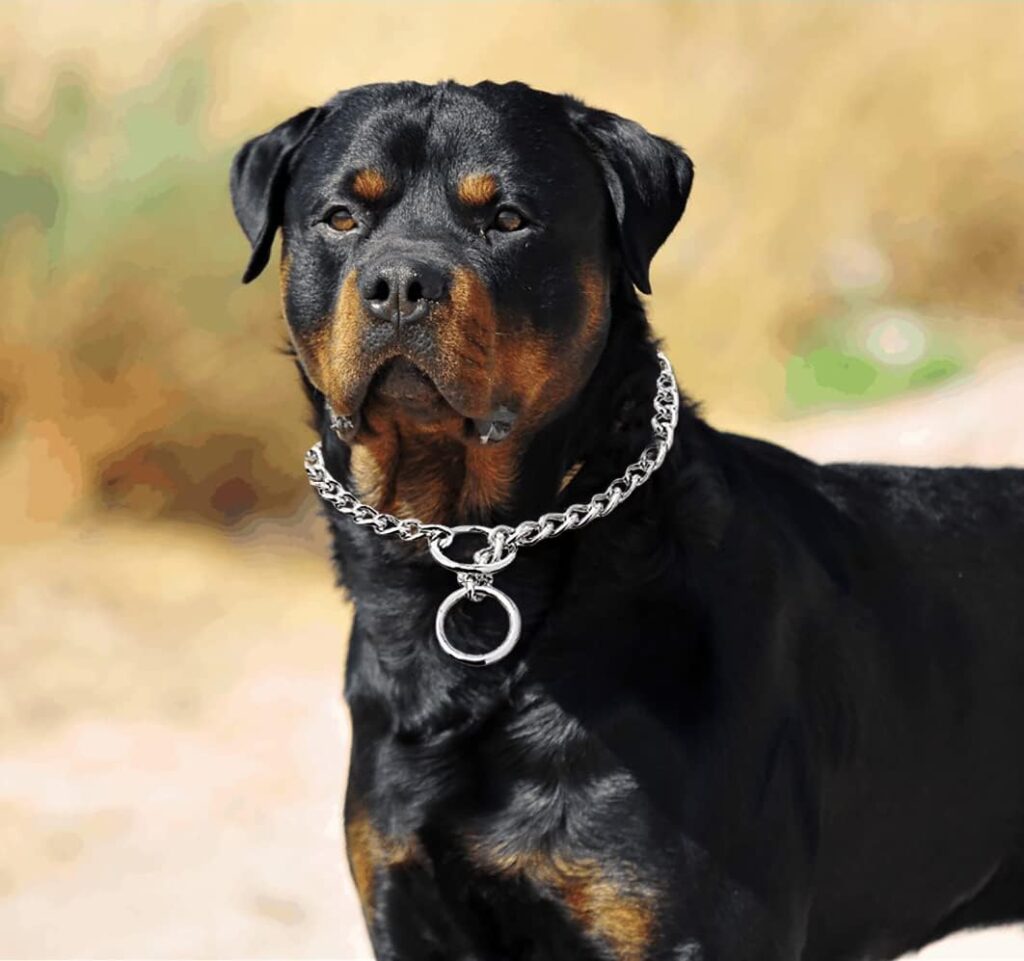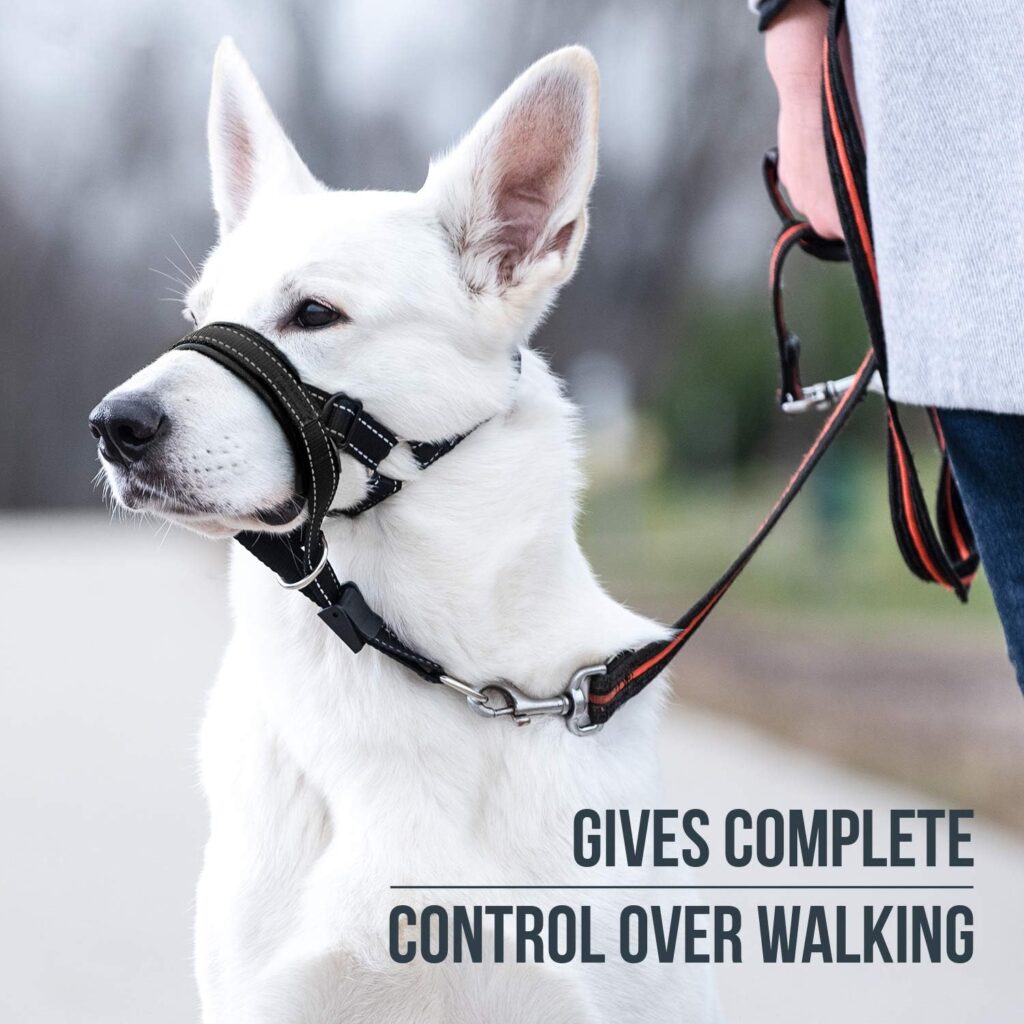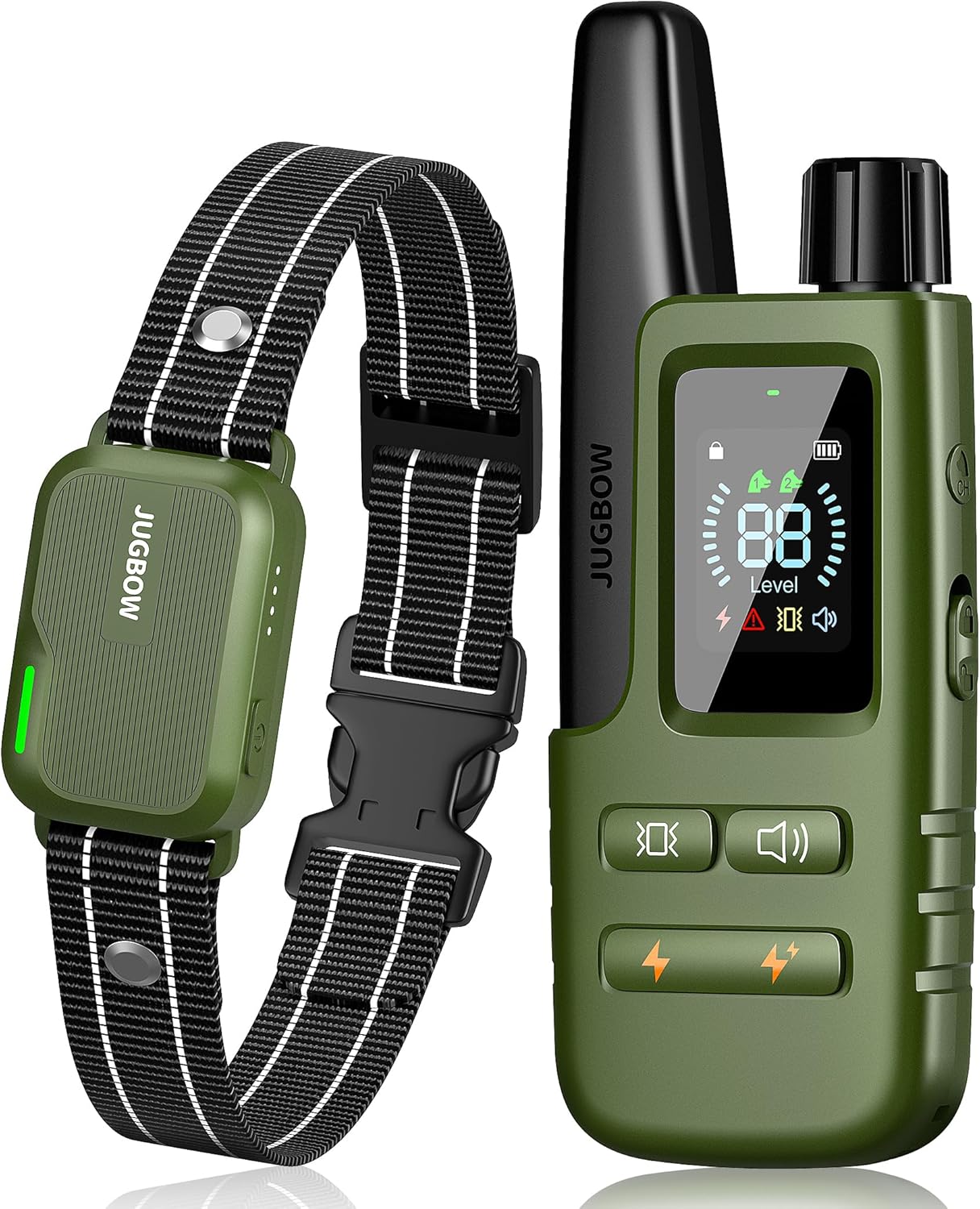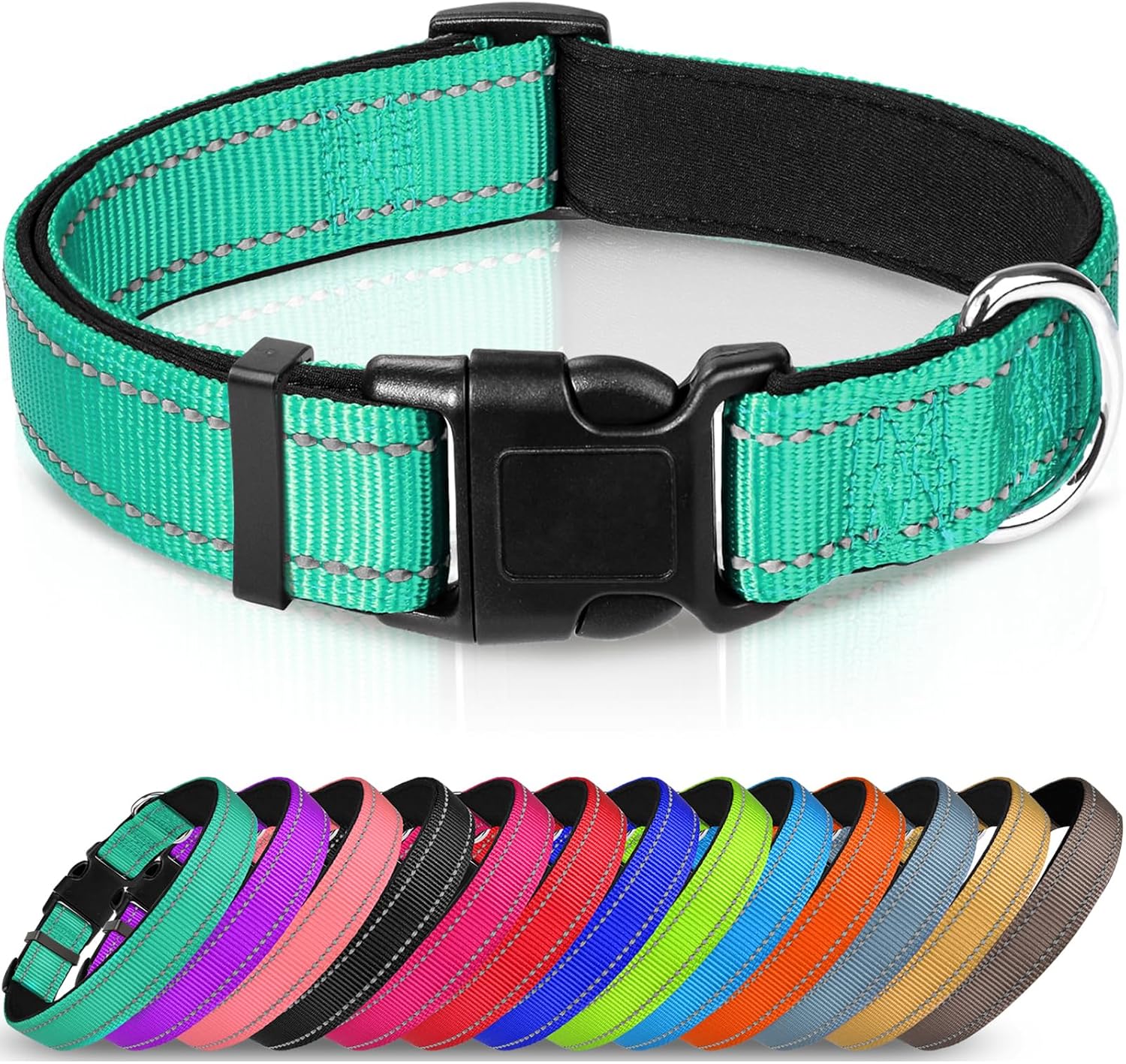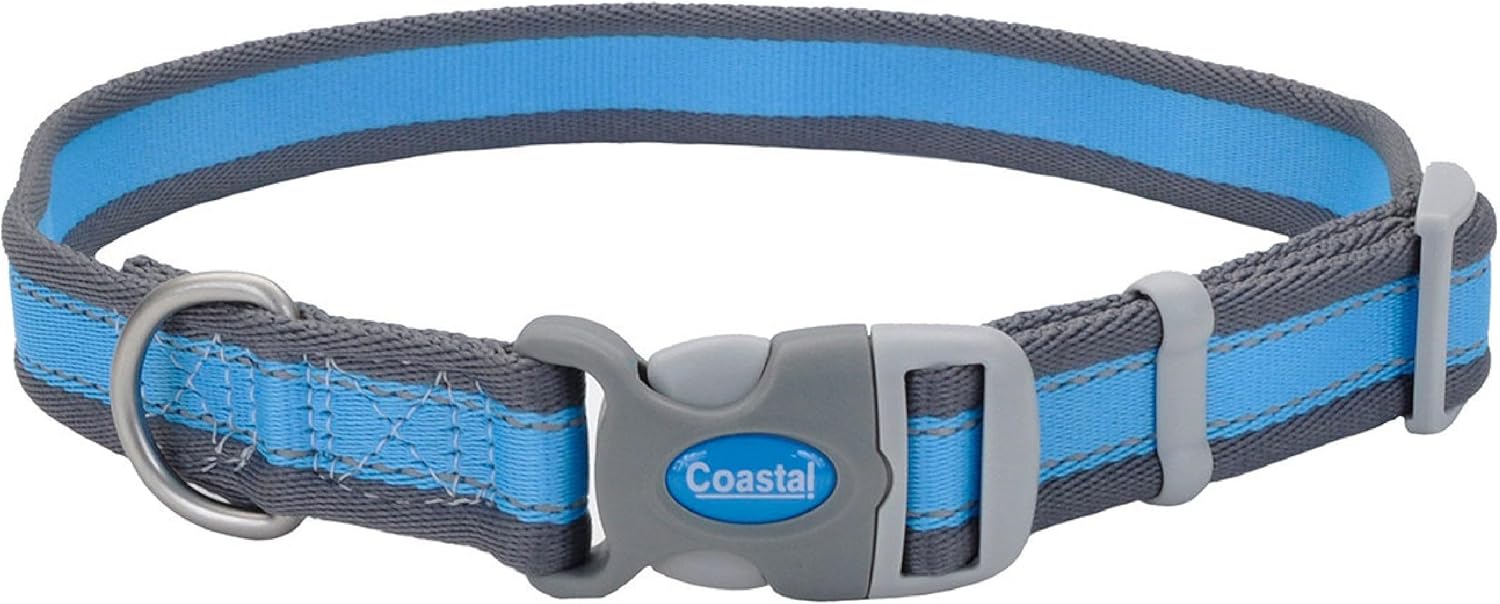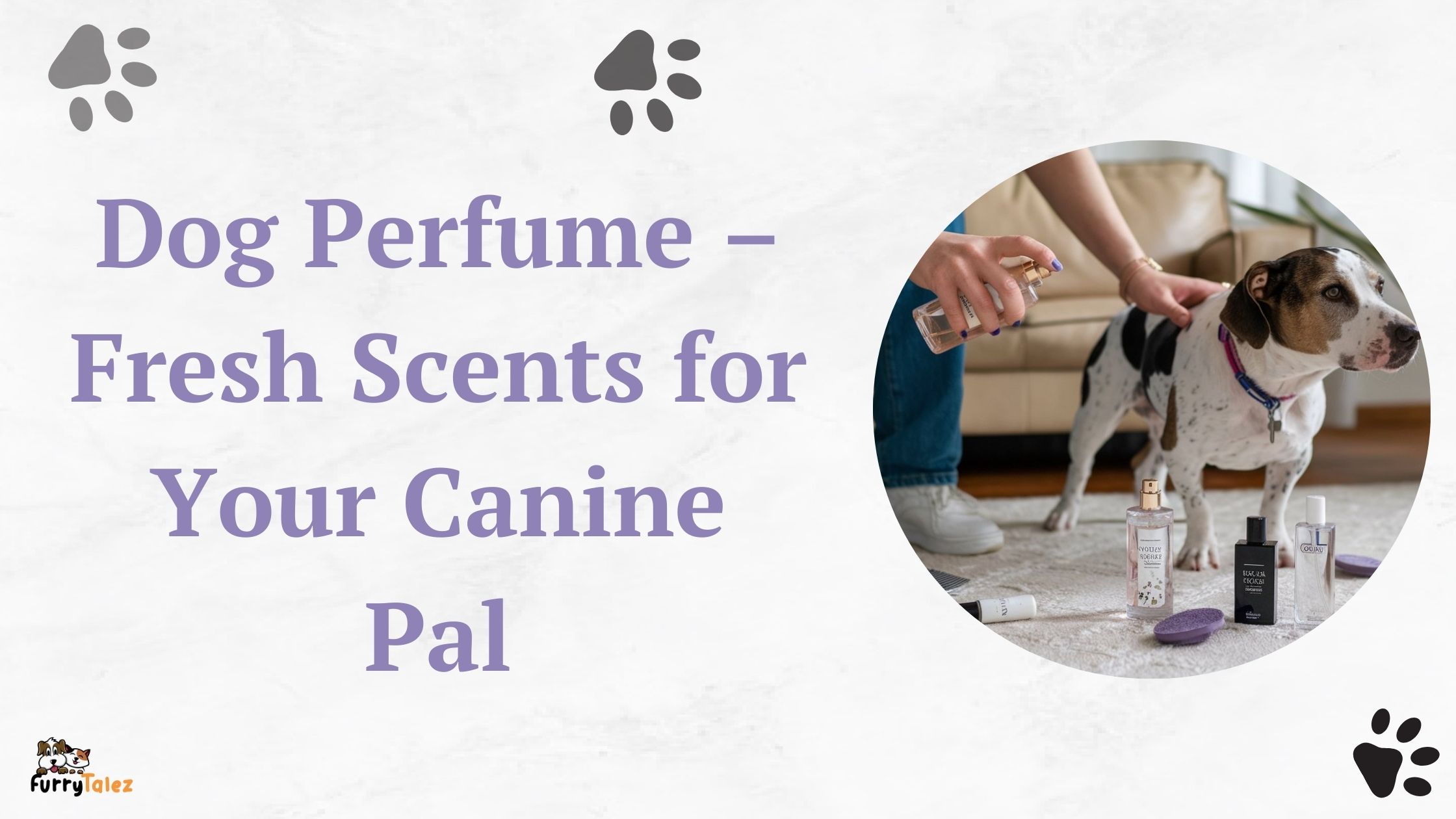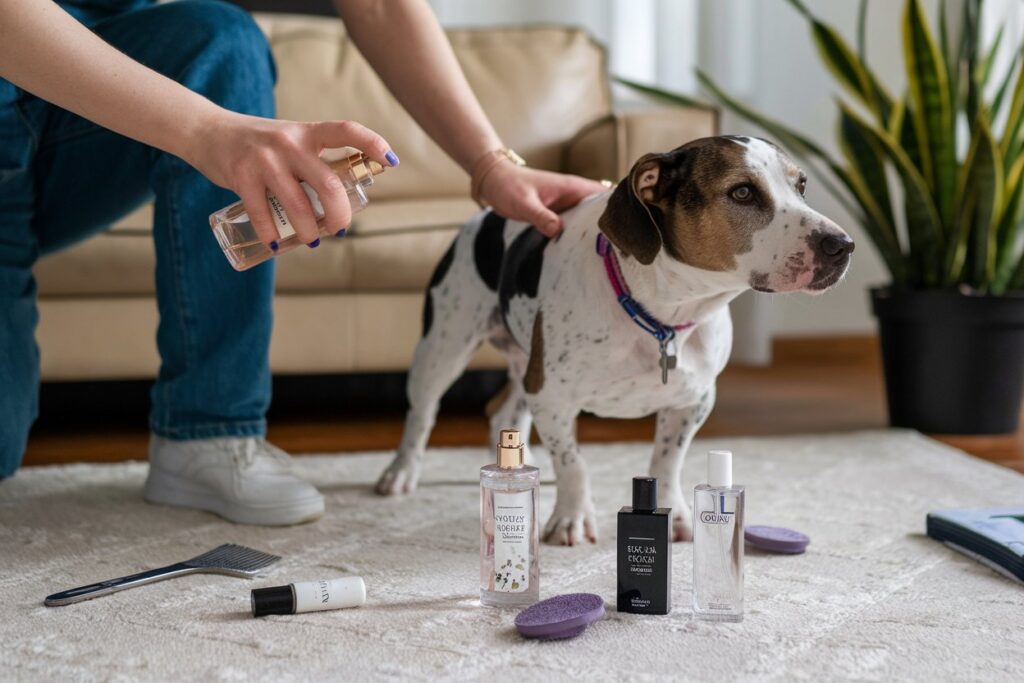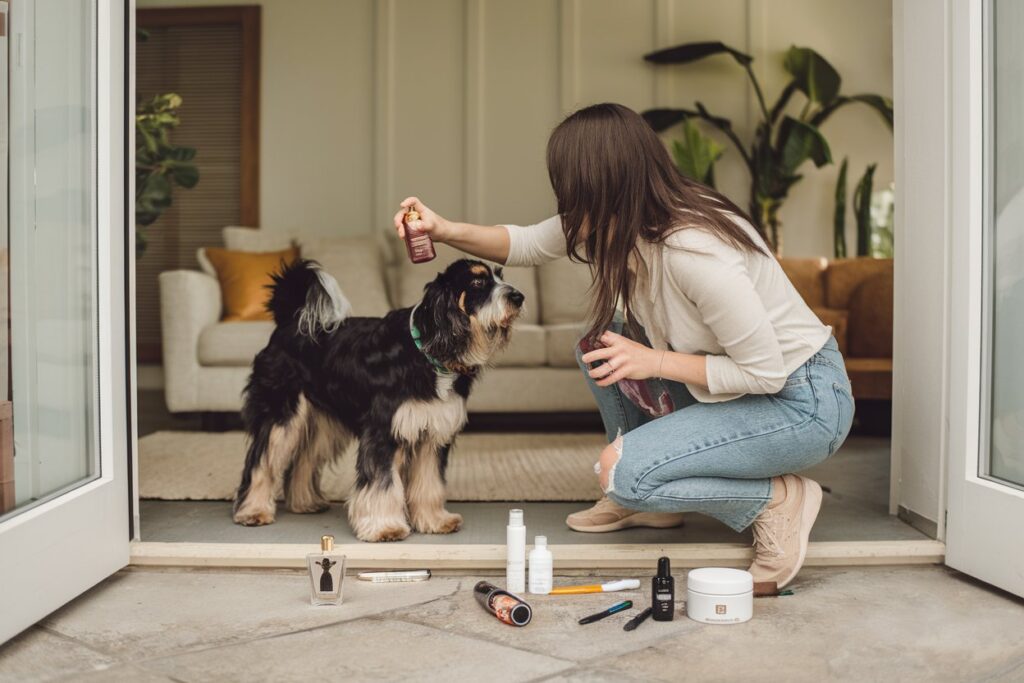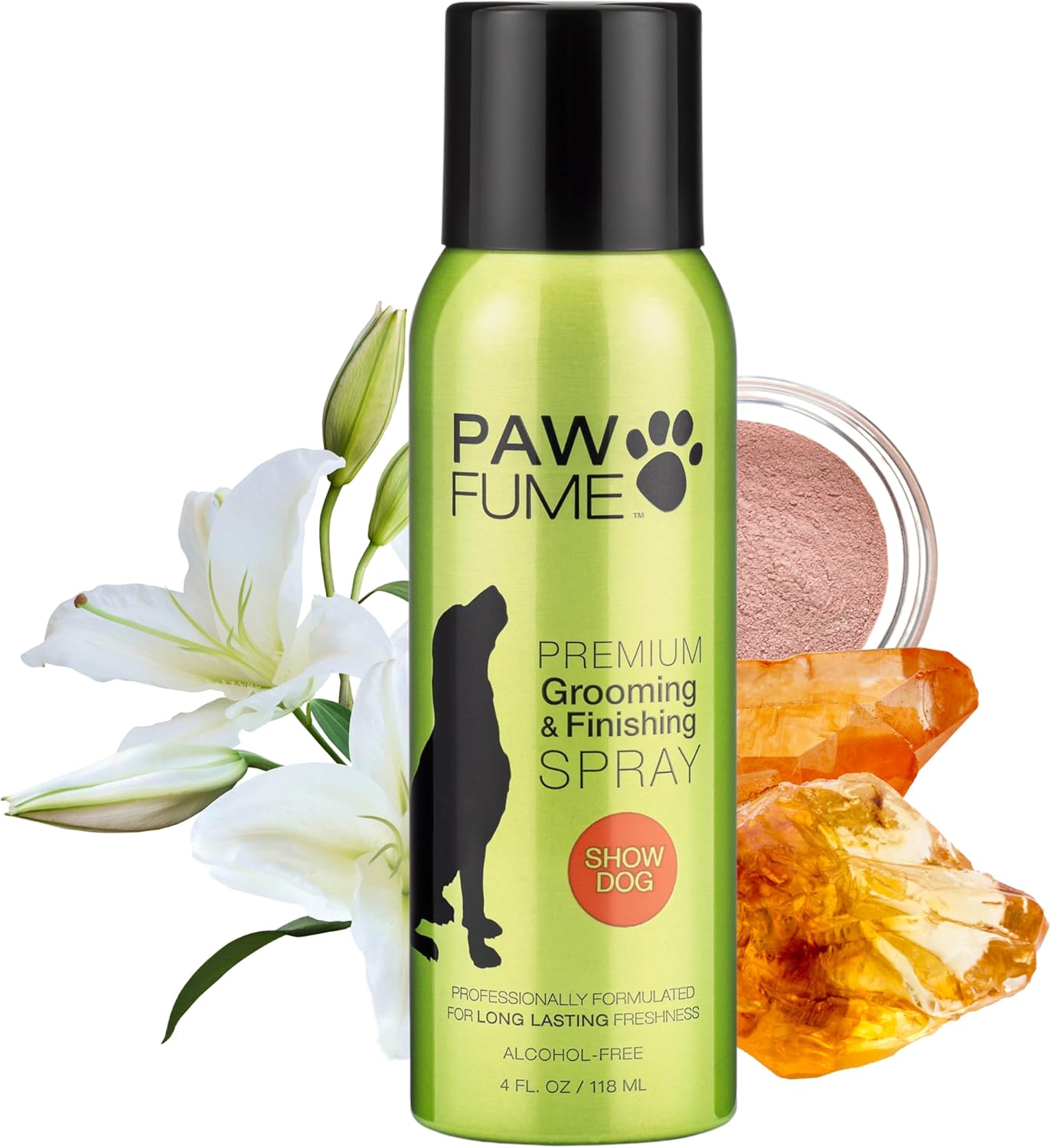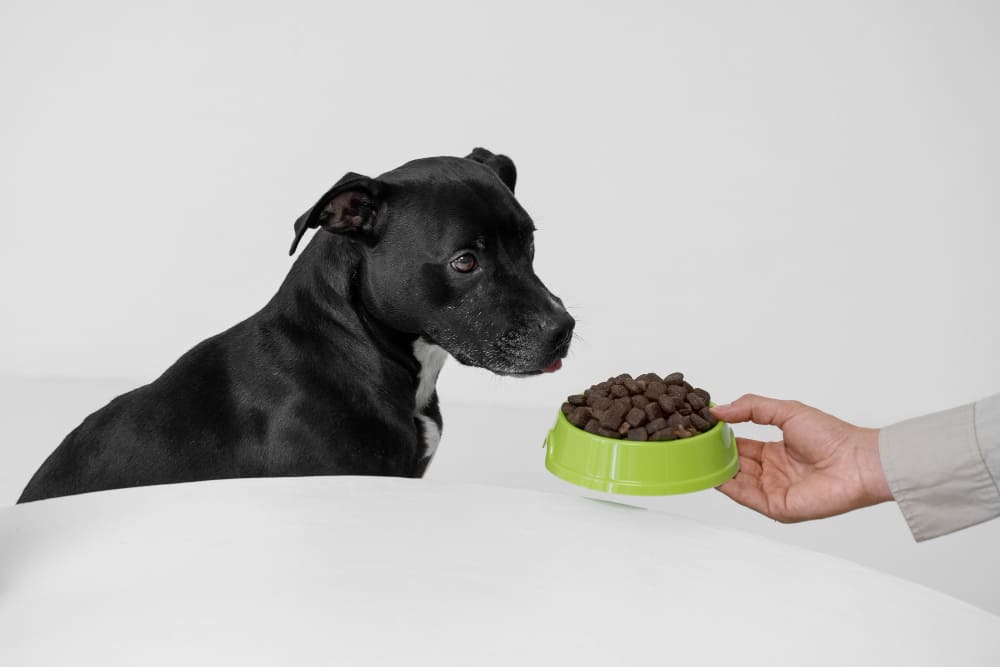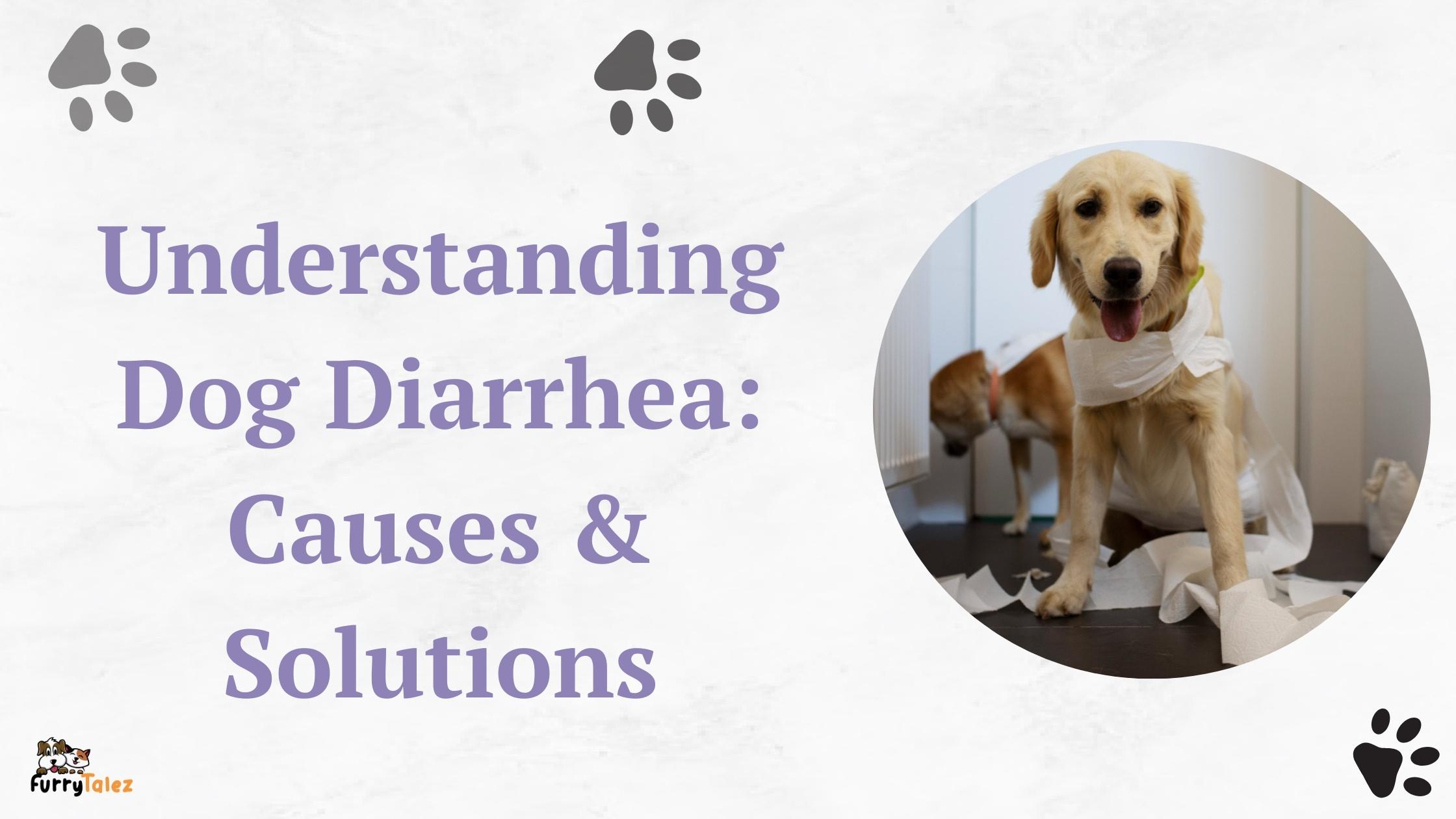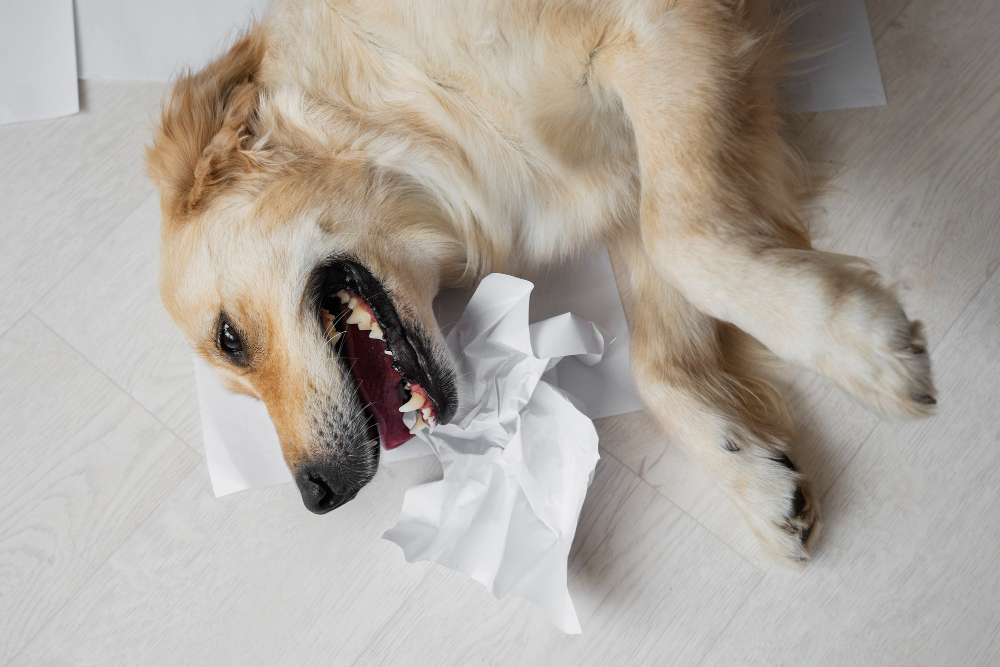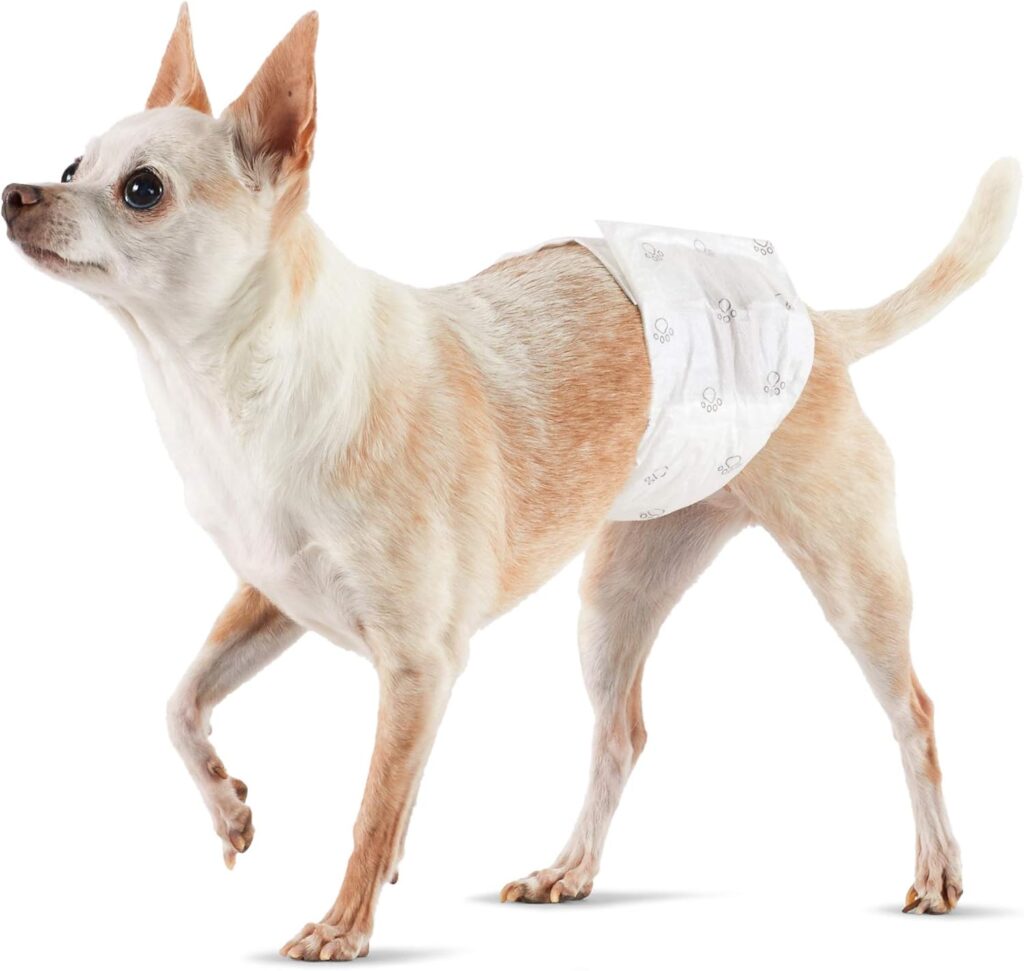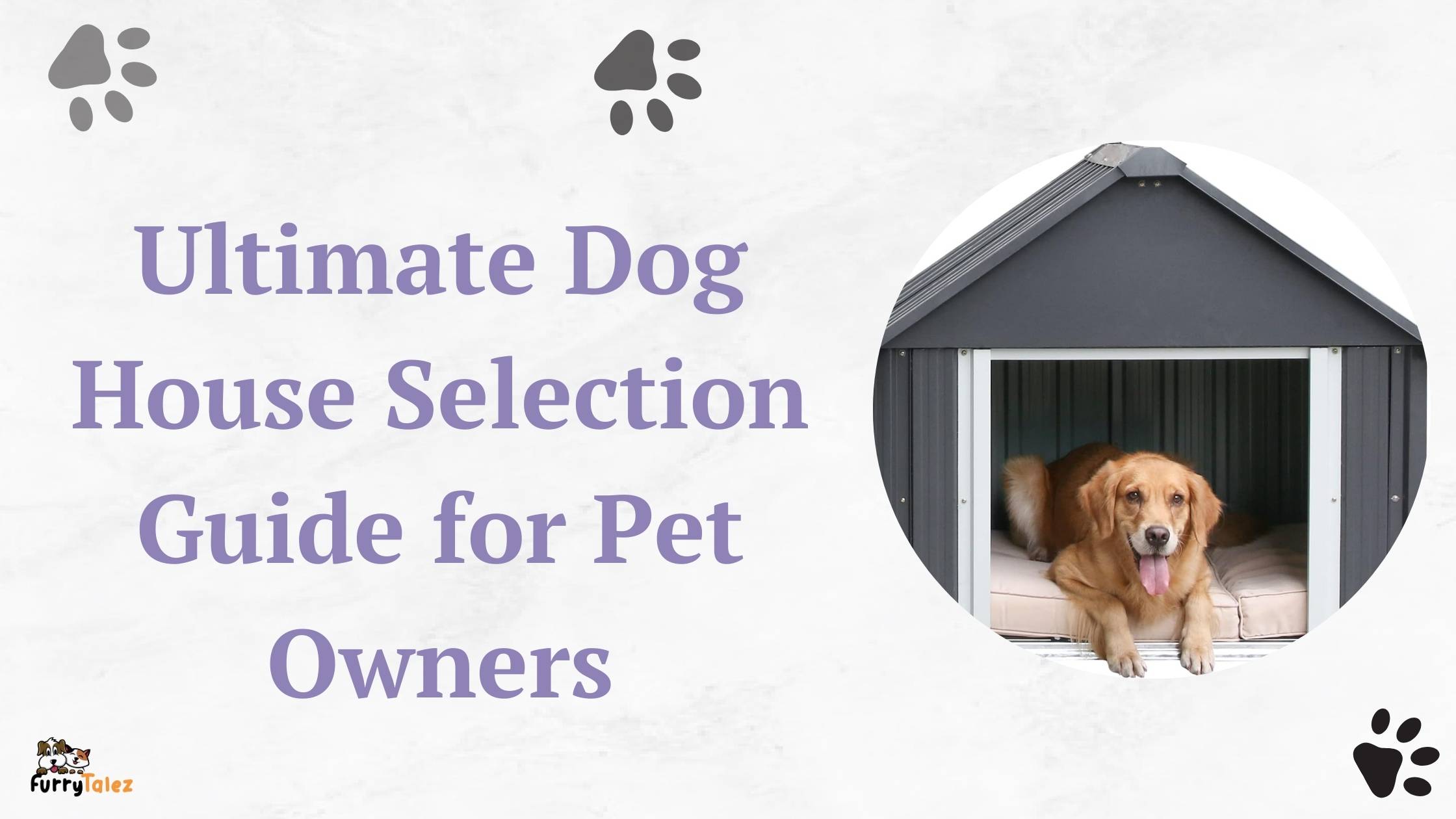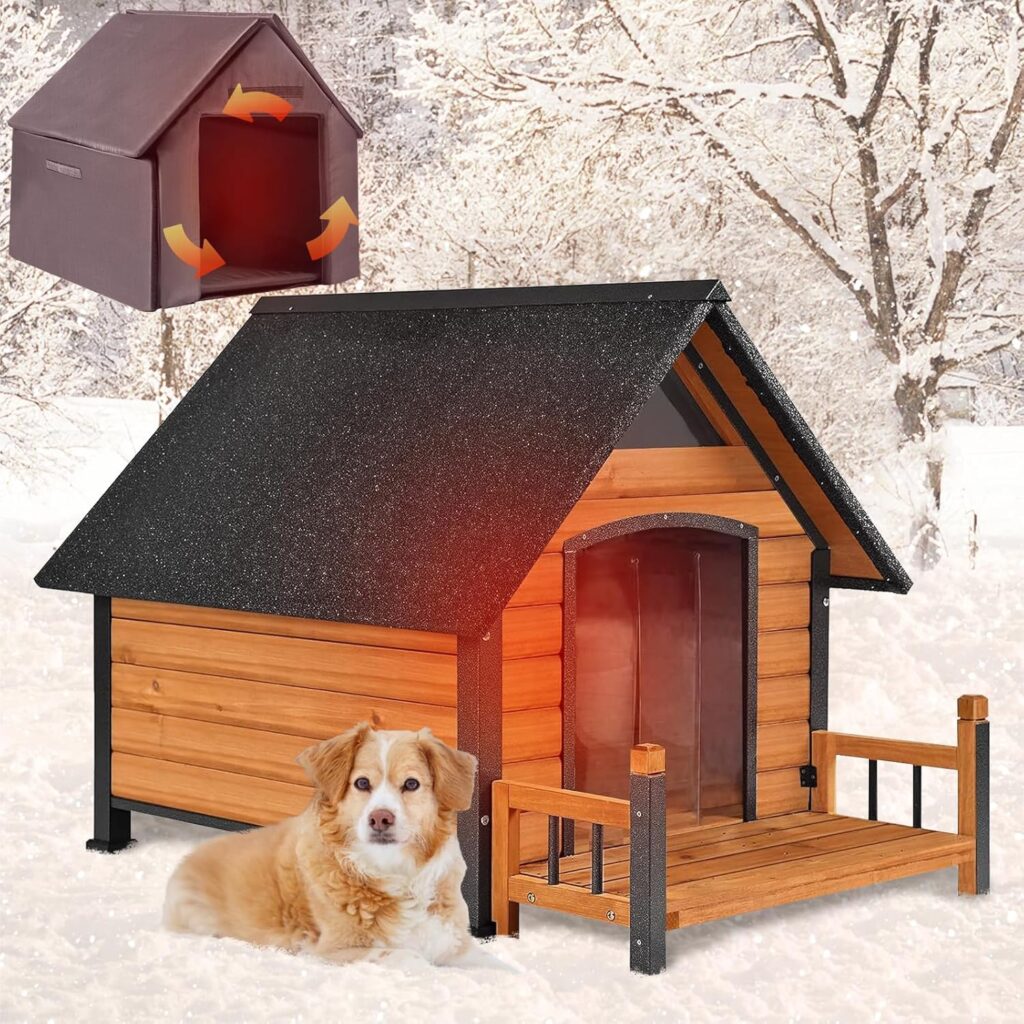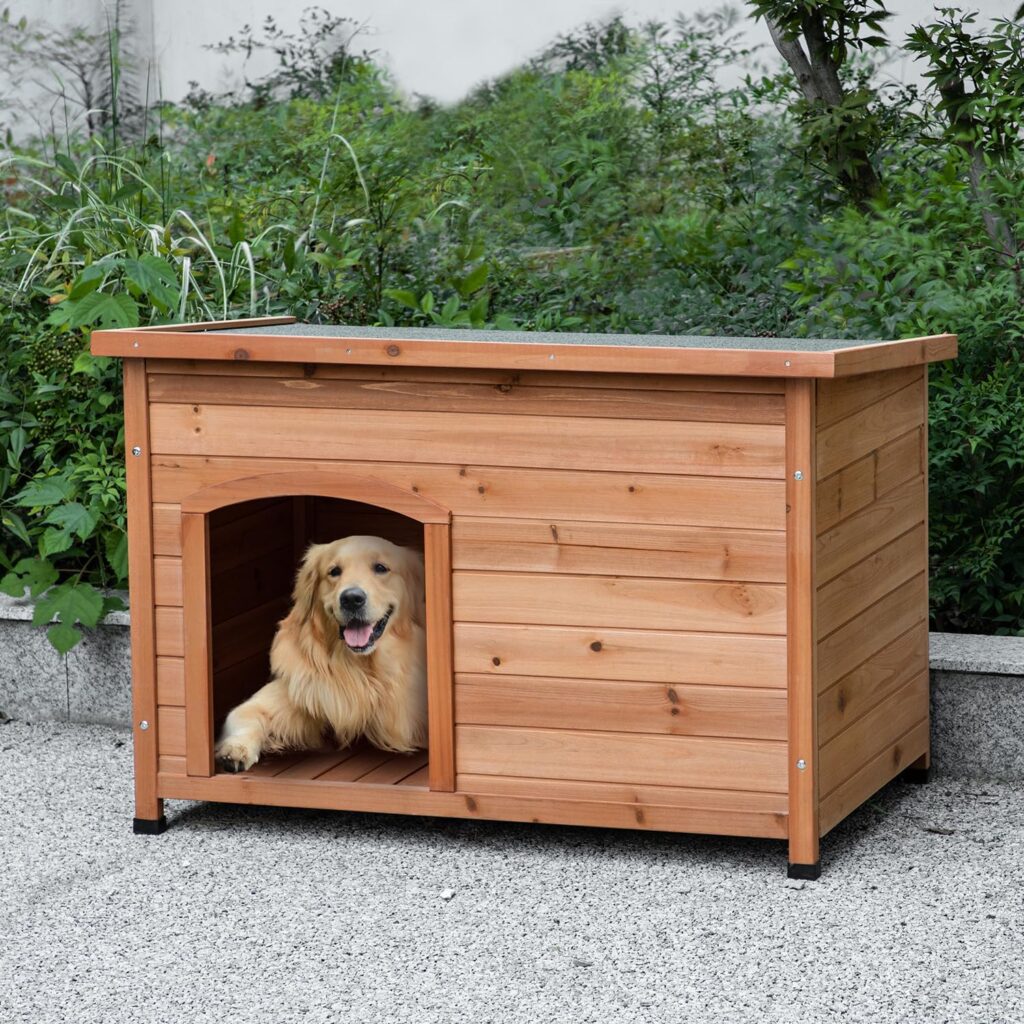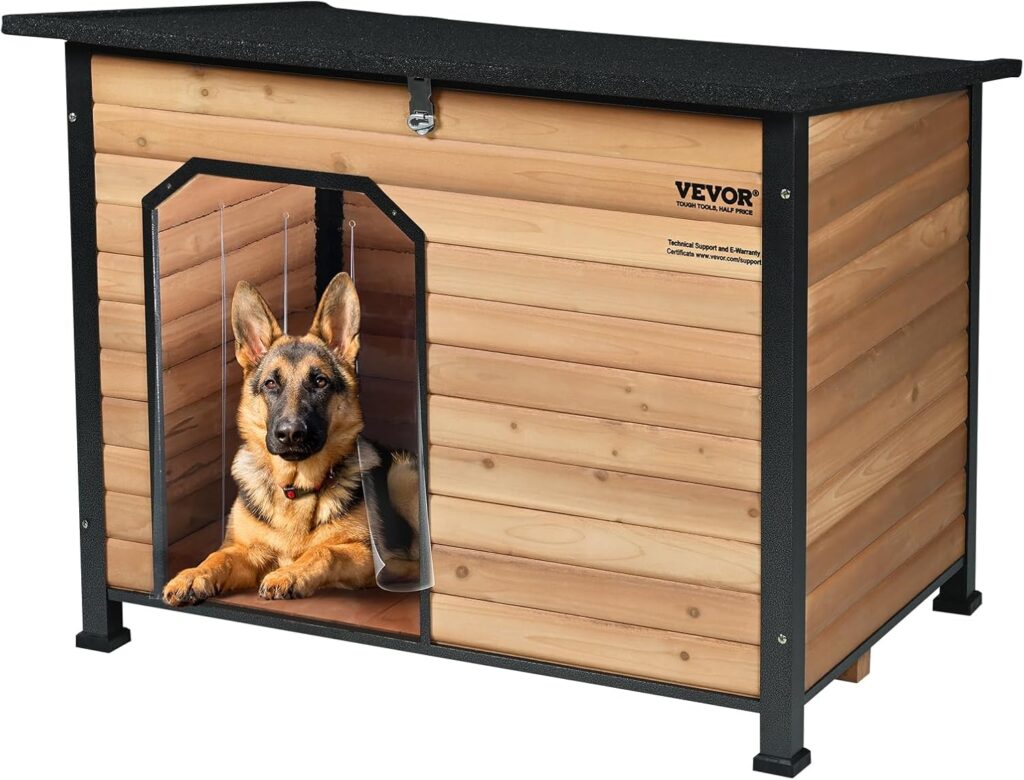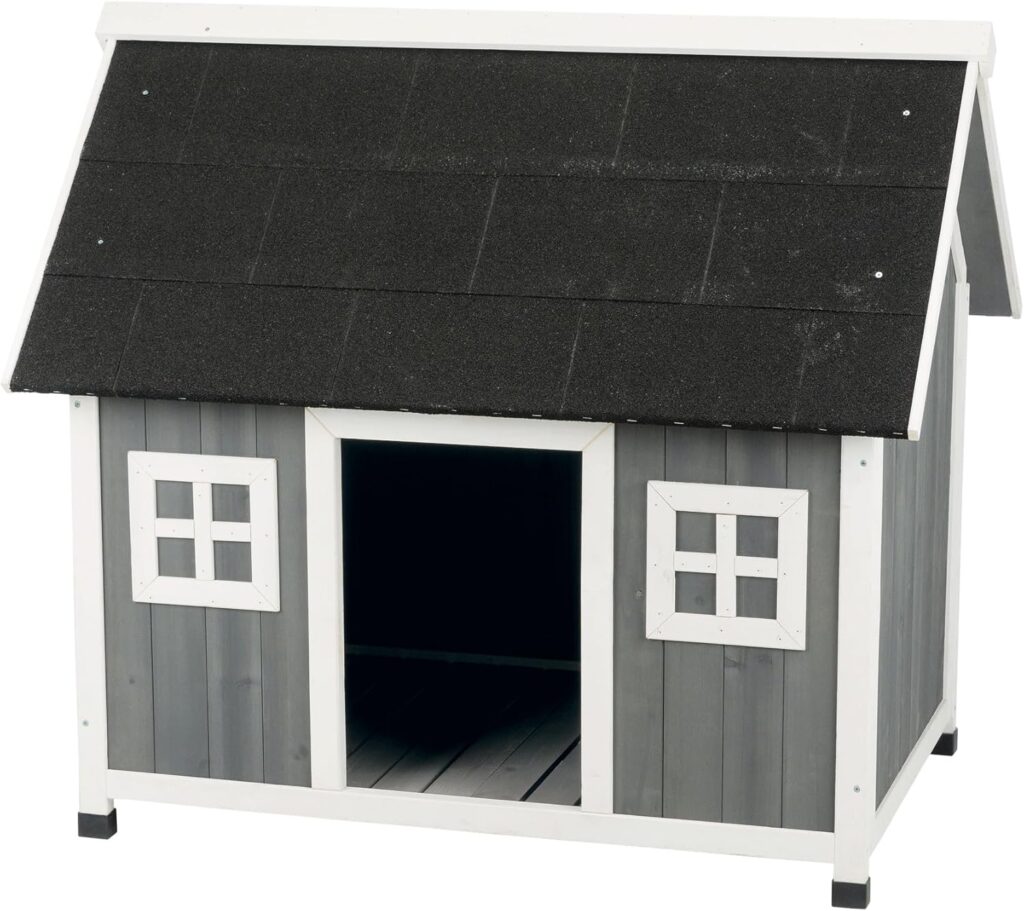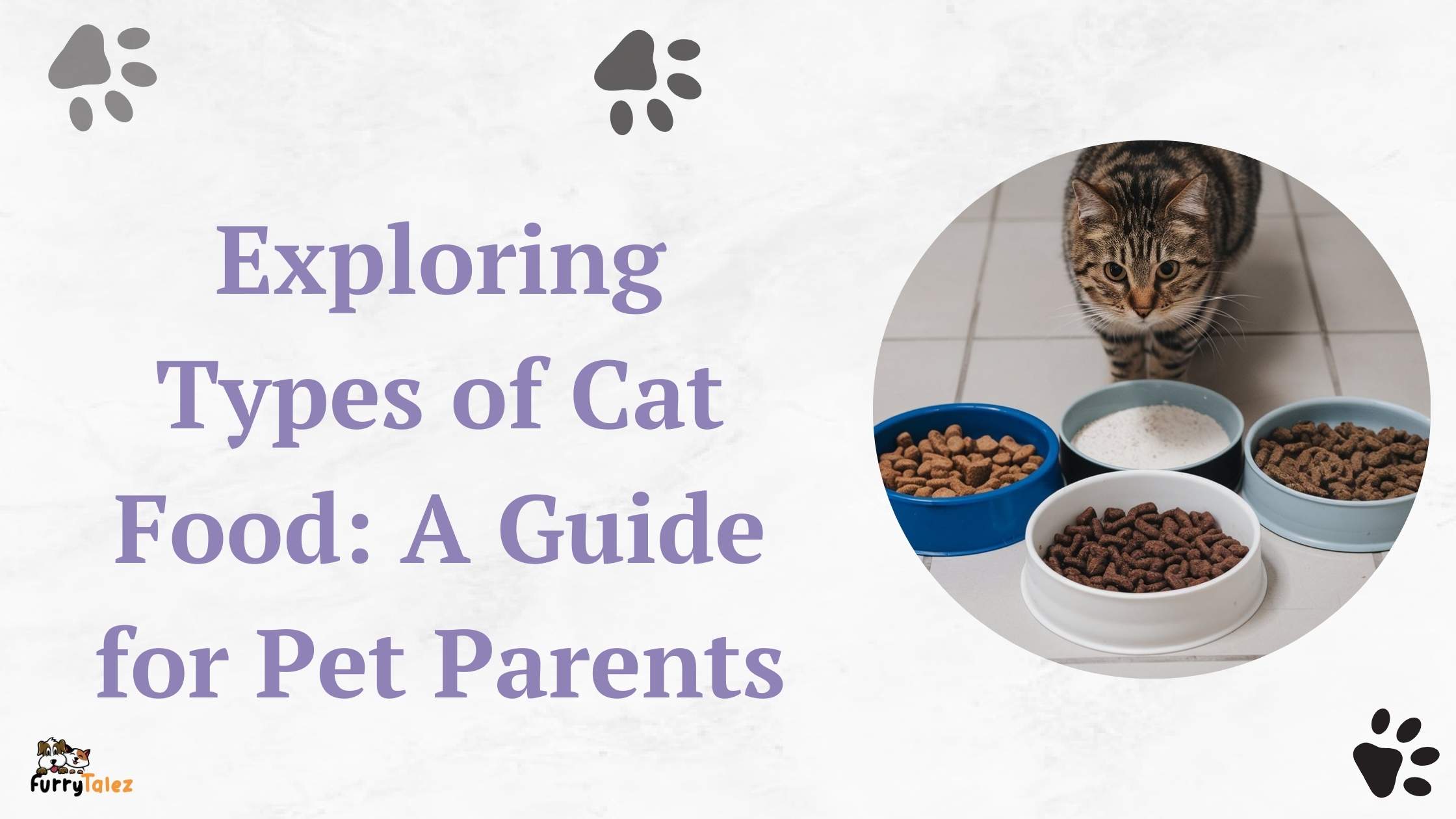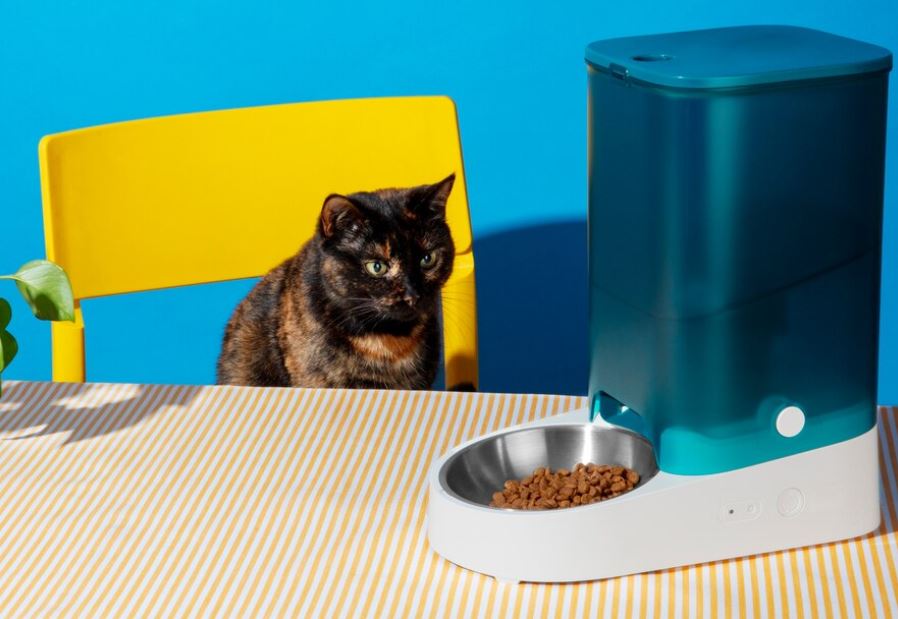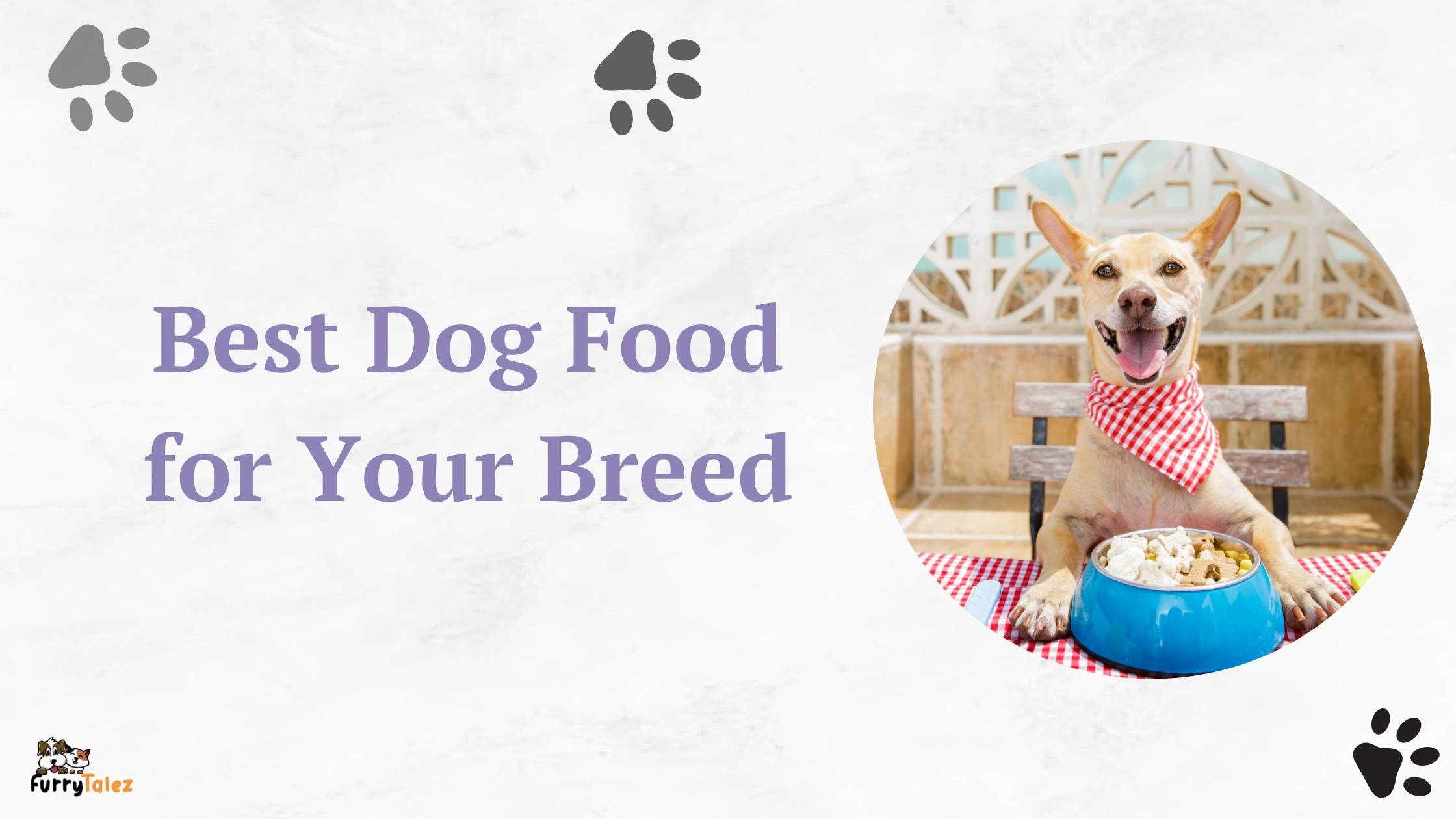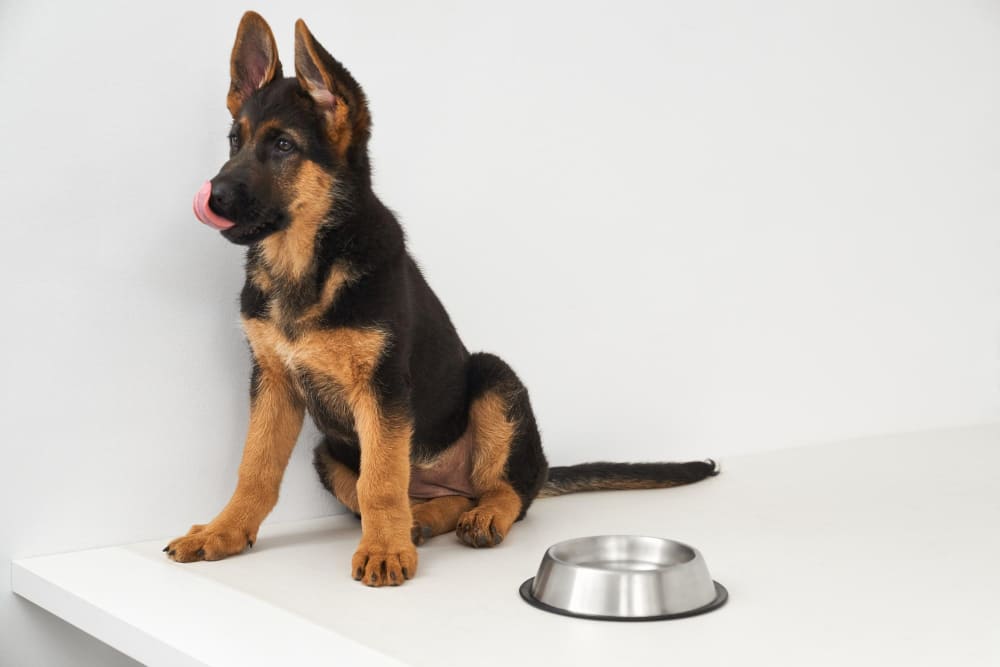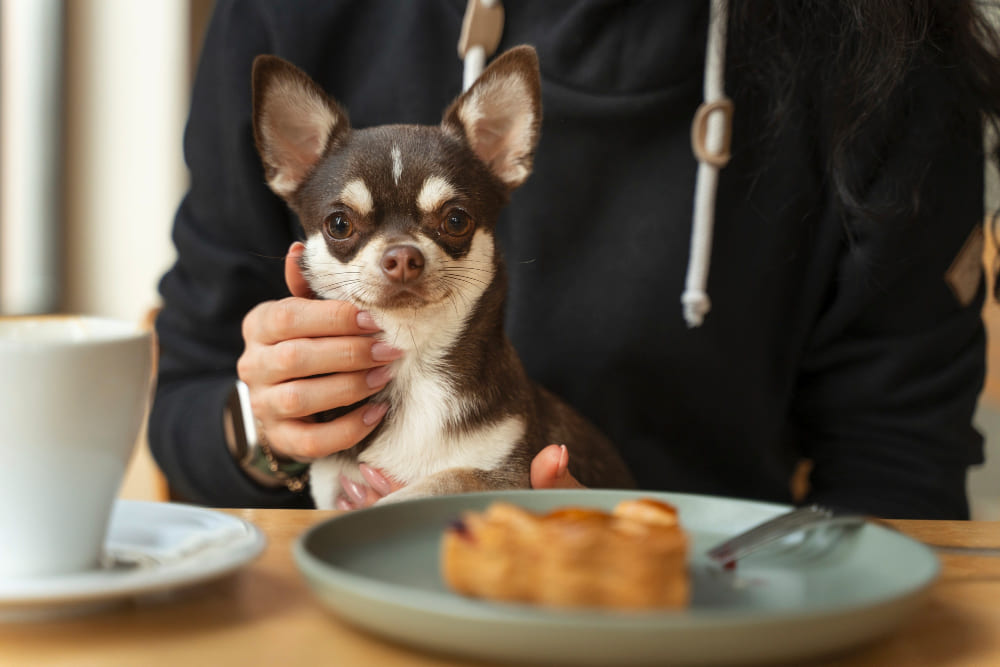Did you know only 19 out of 32 dog beds were tested for the best comfort? Choosing the right dog bed is key for your pet’s health and happiness. Our guide focuses on five important criteria: durability, easy cleaning, looks after washing, assembly, and quality.
As a pet owner, making sure your dog sleeps well is important. This guide offers many dog bed options for different needs. From the FurHaven Velvet Waves Perfect Comfort Sofa to the Casper Dog Bed, we’ve got you covered. Whether your dog likes luxury or practicality, we’ll help you find the perfect bed.
Table of Contents
Understanding the Importance of a Good Dog Bed
A quality dog bed is crucial for your pet’s well-being. Dogs sleep a lot, up to 18 hours a day. Puppies need even more rest. A comfy bed is key for their dog comfort and good sleep for dogs.
Without a good bed, dogs might feel uncomfortable. This can cause sleep problems and even behavioral issues.
There are many dog beds to choose from. You can find orthopedic beds for older dogs or waterproof ones for active pets. The right bed depends on your dog’s size, age, and how they sleep.
Memory foam beds, at least 2 inches thick, are great for senior dogs. They help with joint pain.
Getting a proper dog bed does more than just keep them comfortable. It also improves their sleep quality. Better sleep means better cognitive functions and happiness for your dog.
Even anxiety-related behavioral problems can lessen with the right bed. So, understanding the importance of dog bed options can greatly enhance your dog’s life.
Factors to Consider When Choosing a Dog Bed
Choosing the right dog bed is important. You need to think about your dog’s sleeping habits, size, and health. For example, orthopedic foam beds can help prevent joint pain and hip dysplasia. They’re great for older dogs or those with health issues.
Price is also a key factor. Dog beds range from $19.99 to over $100. This means you can find something that fits your budget. Make sure the bed is the right size for your dog’s breed and body type.
- Look for features like water-resistant and removable covers, especially for outdoor dog beds, to facilitate cleaning.
- Opt for hypoallergenic materials if your dog is sensitive to allergens, enhancing their comfort and well-being.
- Machine washable dog beds are crucial for regular upkeep, contributing to hygiene and your dog’s health.
It’s also important to match the dog bed to your home’s decor. Many pet owners want their dog bed to look good in their living space. Choose durable materials to save money in the long run.
By considering all these factors, you can find a dog bed that meets your dog’s needs and fits your home’s style.
Different Styles of Dog Beds
Choosing the right dog bed means knowing the different styles. Each style meets different needs and preferences. Here are some popular ones:
Bolster Beds for Comfort and Security

Bolster beds have a cushioned edge for dogs to rest their heads. They’re great for pets that like leaning. The raised sides give a cozy feel, perfect for anxious dogs or those needing support.
Cuddler or Snuggler Beds: Perfect for Curlers

Cuddler beds, also known as snuggler beds, have rimmed shapes for dogs to curl up. They’re best for small breeds or dogs that like a snug spot. The soft materials make them warm and safe, giving dogs a sense of security.
Loungers for the Spacious Sleepers

Lounger beds are flat and mattress-like, ideal for dogs that stretch out. Their rectangular shape gives lots of room for relaxation. These beds are great for larger breeds and those who like to sprawl, offering comfort for all sleeping styles.
| Style of Dog Bed | Key Features | Best For |
|---|---|---|
| Bolster Beds | Raised sides, cushioned edges | Anxious dogs, pets that like support |
| Cuddler Beds | Rimmed shape, soft materials | Small breeds, curlers, security seekers |
| Lounger Beds | Flat, spacious design | Large breeds, sprawlers, sleepers who like room |
Personalized Dog Bed Choices Based on Size
Finding the right dog bed size is key for your pet’s comfort. Different breeds need different sizes to relax and sleep well. Choose between a large dog bed or small dog beds based on your pet’s needs.
Large Dog Bed Options for Big Breeds
Big breeds like Labradors or German Shepherds need big beds. A good large dog bed should fit their size and weight for long comfort. The Orvis RecoveryZone Couch Bed is a great choice, offering a lot of space and lasting durability.
Look for beds with orthopedic foam that’s firm enough to support their joints. A firmness level of 4/5 is best for their health.
Small Dog Beds for Tiny Companions
Small breeds like Chihuahuas or Pomeranians need cozy beds. A cuddler-style bed makes them feel safe and comfortable. These beds usually come in sizes like 27″ x 20″ x 4″.
They can be made from different foams, like Air Flow Foam, which is soft but supportive. Machine-washable covers make cleaning easy, keeping their bed fresh.
| Breed Size | Recommended Bed Size | Foam Options | Firmness Level |
|---|---|---|---|
| Small Dogs | S (27″ x 20″ x 4″) | Charcoal Foam, Air Flow Foam | 2/5 (Charcoal), 3/5 (Air Flow) |
| Medium Dogs | M (32″ x 24″ x 4″) | Orthopedic Foam, Air Flow Foam | 4/5 (Orthopedic), 3/5 (Air Flow) |
| Large Dogs | L (35″ x 27″ x 4″) | Orthopedic Foam | 4/5 |
Orthopedic Dog Beds: Supporting Your Pup’s Health
Orthopedic dog beds are key for dog health support, especially for dogs with joint problems or arthritis. They offer great structure and support, leading to better sleep and comfort. The Big Barker bed, made with OrthoMedic™ foam, is great for big dogs over 300 pounds. It helps protect their joints from pain.
Memory foam is a favorite in orthopedic dog beds. It molds to a dog’s shape for a good night’s sleep. High-quality materials help keep joints healthy, improve mobility, and reduce arthritis and hip dysplasia. Breeds like German Shepherds and Golden Retrievers often need this support as they get older.
Orthopedic dog beds have many benefits. Dogs sleeping on them might avoid injuries and bone problems. Even small breeds should have big beds for comfort and movement. The Big Barker bed comes with a 10-year warranty and a 180-night trial, so you can try it risk-free.
Normal dog beds don’t offer enough joint support for dogs. It’s important to choose orthopedic beds. Dogs using these beds see big improvements in pain and quality of life. Vets recommend Big Barker for large breeds, saying it meets their specific needs. Getting an orthopedic dog bed can greatly improve your pup’s life.
Cooling Dog Beds for Hot Weather Relief

As summer heats up, keeping dogs cool is key. Cooling dog beds help pets stay comfy by controlling their body heat. They use special materials to keep dogs cool, even when it’s really hot.
Features and Benefits of Cooling Beds
Cooling dog beds have cool features:
- Temperature Regulation: They use gel-infused foam or mesh for better air flow.
- Breathable Fabrics: Nylon and cotton help keep air moving, keeping dogs cool.
- Pressure-Activated Cooling: Some have gel that gets cooler when pressed, just where dogs need it.
- Machine Washable: Many have covers that can be washed in a machine, making care easy.
- Durability: They’re made to last, with materials that can handle a lot of use.
The Cool Bed III stands out for its softness and durable vinyl. It can be filled with water for extra comfort:
| Size | Recommended Water Quantity | Weight When Full |
|---|---|---|
| Small | 1–1.5 gallons | 12-17 lbs |
| Medium | 2–3 gallons | 17-25 lbs |
| Large | 4–6 gallons | 33-50 lbs |
These beds are not just cool; they’re also good for your dog’s health. They help prevent heatstroke, especially for dogs with thick fur. The right cooling bed can be a game-changer for your dog on hot days.
Durability: A Must for Active Dogs
Active dogs need a durable dog bed. Look for beds made from tough materials to resist chewing and tearing. This makes the bed last longer. Choose brands that focus on making durable beds.
The RuffRest Ultimate Pet Bed is a top choice for durability. It’s made from military-grade ballistic nylon, which is stronger than regular pet beds. It’s great for dogs that like to scratch and chew their beds.
The bed also has Sherpa fleece for extra comfort. It has YKK brand zippers, known for being reliable. Duraflex buckles are used to make it last even longer.
The size of the bed and your dog’s sleeping style are important. Big dogs need big beds, while small dogs do better with soft foam beds. The right bed thickness and durability keep your dog comfortable and safe from chewing hazards.
For dogs that love the outdoors, look for weatherproof beds. Safety features like flame-resistant materials are a plus. Easy-to-wash beds are also key for keeping them clean and fresh.
| Feature | RuffRest Ultimate Pet Bed |
|---|---|
| Material | Military-grade ballistic nylon |
| Strength | 4x stronger than standard beds |
| Comfort Layer | Sherpa fleece |
| Fastening System | YKK zippers and Duraflex buckles |
| Washability | Machine washable |
| Price | Discounted at 10% off |
In summary, durable dog beds are key for active dogs. Look for beds with strong materials, the right size, and easy cleaning. These features make a bed that’s comfortable and safe for your dog.
Note: There might be affiliate links mentioned here. We may receive a commission if you purchase a product through an affiliate link. There is no additional charge for you. Please do your own research before making any online purchases.
Eco-Friendly Dog Bed Materials
Choosing eco-friendly dog beds is good for your pet and the planet. Many brands now use sustainable materials like recycled polyester and organic cotton. This meets the needs of pet owners who care about the environment and their pets’ comfort.
A study by the Environmental Working Group found harmful chemicals in traditional dog beds. Choosing green pet products can protect your dog from these dangers.
Eco-friendly dog beds come in a range of prices, from $50 to $395. They vary in size, from small to extra-large. Here are some top brands for eco-friendly dog beds:
| Brand | Price Range | Key Features |
|---|---|---|
| Harry Barker | $50 – $210 | Made in the USA, uses recycled materials |
| Avocado Mattress | $239 – $359 | GOTS certified cotton and GOLS organic certified latex |
| Saatva Dog Bed | $195 – $395 | Micro-coils for support and comfort |
| Naturepedic | $99 – $299 | GOTS-certified organic, shredded latex for durability |
| The Foggy Dog | $55 – $255 | Handcrafted from recycled materials, Sustainafill™ insert |
| Molly Mutt | $35 – $84 | 100% cotton canvas and wool, ideal for larger breeds |
Look for dog beds made from at least 95% organic materials. They should be waterproof and antimicrobial. Many have a GOTS-certified organic cotton cover and liner. Vegan and PETA-approved options are also available, showing a commitment to sustainability.
A 3-inch breathable organic certified coconut husk pad is a great base. It offers comfort while being eco-friendly.
Wood Dog Beds: A Stylish Option
Wood dog beds are a mix of beauty and usefulness, making them a favorite among pet owners. They look good and are comfy, fitting well with modern home decor. Pinterest shows 478 people looked for wooden dog bed frames recently.
The Midlee Raised Wooden Dog Bed Frame is a standout with its sleek design. It’s 32″L x 22″W x 8″T, fitting well in many homes. For dogs weighing 26 to 40 pounds, the Tucker Murphy Pet™ Acacia Wood Dog Bed is a great choice. It has a washable cushion and is 8.0 H x 36.0 W x 24.0 D.
For those on a budget, DIY pet bed plans from Shanty 2 Chic are a good option. They cost about $12 to make. The Iconic Pet Sassy Paws Wooden Pet Bed in Antique Gray is perfect for bigger dogs and is available at Walmart.
- Wood dog beds come in various designs, from mid-century modern styles to custom options.
- Elevated designs, such as the RRPETHOME Extra Large Elevated Cooling Dog Bed, offer practical solutions that keep pets cool and comfortable.
- Investing in a wooden dog bed combines functionality with a chic appearance, enhancing any living space.
Wood dog beds add style to your home and provide a cozy spot for your pet.
Travel and Outdoor Dog Beds
Pet owners who love adventures need travel dog beds. These beds are small and light, great for trips, camping, or visiting friends. The right outdoor dog beds keep your pet comfy anywhere you go.
Packable and Portable Bed Choices

There are many portable dog beds to choose from. They’re both comfy and easy to carry. Here are some top picks:
| Dog Bed Model | Size Options | Price Range | Warranty |
|---|---|---|---|
| SUV Dog Bed | Varies | $147.95 | One Year |
| Home & Go Luxury 2-in-1 Dog Bed | Small to Extra Large | $192.95 – $315.95 | One Year |
| Travel Mate Outdoor Dog Bed | Varies | $147.95 – $192.95 | One Year |
| Coolaroo Elevated Dog Bed | Small to X-Large | $50.99 – $79.99 | Limited Lifetime |
| Petfusion Ultimate Elevated Outdoor Dog Bed | Large & X-Large | $129.99 – $149.99 | 12 Months |
| K&H Original Pet Cot House | Small to Large | $69.99 – $109.99 | One Year |
These beds offer great comfort and ease of movement for dogs on the move. Whether at the park or on a long trip, a good travel dog bed makes outdoor fun better for your pet.
Best Dog Bed Recommendations for 2024
Choosing the right dog bed is all about comfort, durability, and budget. In 2024, there are many great options for different needs and budgets. Some people look for affordable beds, while others want luxury for extra comfort. Here are some top picks in both categories.
Top Budget-Friendly Options
For those on a budget, there are many good dog beds out there. These options are both affordable and comfortable. Here are some budget-friendly choices:
- Molly Mutt Dog Bed: Priced between $35 and $78, this bed features 100% cotton canvas, making it a stylish and comfortable option.
- FurHaven Orthopedic Dog Bed: Available from $29 to $118, this bed includes convoluted orthopedic polyethylene foam for added support.
- Ruffwear Highlands Dog Pad: Ranging from $40 to $60, this pad offers portability and comfort, perfect for travel.
- Ruffwear Mt. EverRest Dog Cot: At $180, its elevated design promotes airflow and keeps your dog comfortable outdoors.
Luxury Dog Bed Selections
For those who want to splurge, there are luxury dog beds that offer top comfort and design. These beds provide a cozy retreat for your pet:
- Casper Dog Bed: Ranging from $130 to $249, this bed boasts a unique two-layer foam construction for mix comfort with durability.
- Orvis RecoveryZone Couch Dog Bed: Priced between $223 and $449, this bed features an eco-conscious material blend for ultimate coziness and ease of cleaning.
- Timberdog RuffRest Sporty: Coming in at $259 to $299, this bed combines a moisture-repellent exterior with ample cushioning.
- HEST Dog Bed: With prices between $149 and $250, this option ensures temperature-resilient memory foam comfort for restful sleep.
Both the budget-friendly and luxury dog beds have received great reviews. This means you can find the best dog bed for 2024, no matter your budget. Investing in a quality bed is a way to show your pet you care about their comfort and well-being.
| Dog Bed | Price Range | Washable Cover | Sizes Available |
|---|---|---|---|
| Molly Mutt Dog Bed | $35 – $78 | Yes | Petite, S, M/L, Huge, Various round sizes |
| FurHaven Orthopedic Dog Bed | $29 – $118 | Yes | M, L, Jumbo, Jumbo Plus |
| Ruffwear Highlands Dog Pad | $40 – $60 | No | M, L |
| Casper Dog Bed | $130 – $249 | Yes | S, M, L |
| Orvis RecoveryZone Couch Dog Bed | $223 – $449 | Yes | S, M, L, XL |
| HEST Dog Bed | $149 – $250 | Yes | S, M, L |
How to Maintain and Clean Your Dog Bed
Keeping your dog’s bed clean is key for their health and the bed’s life. Dog beds can hold harmful germs that can affect humans for up to a year. To keep your dog’s bed clean, wash it every week. This stops dirt and smells from building up.
Here’s how to clean your dog’s bed right:
- Choose pet-safe cleaners without bleach or chlorine.
- Wash the bed in a regular cycle to clean it well.
- Take off covers before washing and follow the care label.
- For beds you can only hand wash, spot clean gently to avoid damage.
To get rid of dog hair, don’t soak it in water. Use a lint roller or rubber gloves first. Cleaning stains depends on their source:
| Stain Source | Cleaning Method |
|---|---|
| Poop | Use a pet-safe cleaner mix; blot, don’t rub. |
| Urine | Apply vinegar and water to remove smell; then wash. |
| Mud | Let it dry, shake off, then wash as usual. |
| Blood | Use cold water; then apply a pet stain remover. |
Let the bed dry outside for a few hours. To stop pet hair from sticking, add a fabric softener sheet to the dryer. Also, empty the lint basket after drying. Keeping the bed clean not only makes it safe but also comfy for your pet.
Expert Opinions on Dog Bed Quality
Experts say a good dog bed is key for your dog’s sleep. Vets and dog behaviorists stress the need for support, quality materials, and design. A good bed can protect your dog’s joints, reduce pain, and keep them comfortable.
For older dogs or puppies, a quality bed is essential. It provides warmth and comfort. Comfort helps dogs feel secure, which can reduce anxiety and behavioral issues.
Maintaining your dog bed is also important. Look for washable beds or covers to keep them clean. This is especially true for older dogs who may have trouble getting on human beds.
Experts note that dogs sleep a lot, up to 80% of their day. There are many sizes and designs of dog beds to fit different breeds and preferences. Memory foam beds are often recommended for their support, especially for older dogs with joint pain.
| Dog Bed Model | Price | Key Features | Target Audience |
|---|---|---|---|
| Casper Memory-Foam Dog Bed | $107 | Durability and comfort | All sizes |
| Best Friends by Sheri Luxury Shag Faux Fur Donut Cuddler Pet Bed | $30 | Security for anxious dogs | Small to medium breeds |
| Barefoot Dreams CozyChic™ Pet Bed | $148 | Cozy design | All sizes |
| Big Barker 7-inch Pillowtop Orthopedic Dog Bed | $400 | Support for large dogs | Large breeds with joint pain |
It’s important to check your dog bed regularly and replace it when needed. This keeps your pet comfortable and healthy. With so many great dog beds out there, investing in quality is worth it for your dog’s happiness.
Customer Feedback: Real Experiences with Dog Beds
Customer feedback on dog beds is crucial for those looking to buy. The Best Friends by Sheri Original Calming Donut dog bed has over 70,000 reviews on Amazon. It has a 91% 5-star rating, with many owners praising its durability, comfort, and easy cleaning.
This bed fits dogs up to 150 pounds. It comes in sizes for different weights:
- X-Small: up to 15 pounds
- Small: up to 25 pounds
- Medium: up to 45 pounds
- Large: up to 100 pounds
- X-Large: up to 150 pounds
- XX-Large: up to 210 pounds
The price of this bed ranges from $32 to $110. It’s a good value for the quality. Many owners say it’s great for dogs with anxiety or joint problems. For example, a 15-year-old dog found it very comforting.
Vets often suggest these beds for better sleep and less anxiety. The bed’s material is also a highlight. It has faux shag fur that feels like a mother’s coat, keeping dogs warm and cozy.
The bed is easy to wash and safe for pets. The airloft fibers don’t clump, providing long-lasting support.
| Dog Bed Brand | Total Reviews | 5-Star Ratings | 4-Star Ratings | 3-Star Ratings | 2-Star Ratings | 1-Star Ratings |
|---|---|---|---|---|---|---|
| Best Friends by Sheri | 70,000+ | 91% | 7% | Less than 1% | Less than 1% | 1% |
| Pupsdream | 1,647 | Varied | Varied | Varied | Varied | Varied |
| Barney Bed | 504 | Varied | Varied | Varied | Varied | Varied |
| Brooklyn Bedding | 38 | Varied | Varied | Varied | Varied | Varied |
| The Brooklyn Deep Sleep Pet Bed | 40,000+ | Varied | Varied | Varied | Varied | Varied |
User experiences show that these beds improve dogs’ lives. This feedback is very helpful for finding the right dog bed.
Where to Buy the Best Dog Beds
Looking for the perfect dog bed online? You have many great options. Chewy and Amazon are top choices, offering lots of beds at good prices. They make it easy to return items and compare prices, helping you pick the best bed for your dog.
Bully Beds is great for high-quality orthopedic beds. They have over 4,500 reviews, all positive. They even offer a 20-year warranty on their beds. Plus, their chew-proof designs are perfect for dogs that chew a lot.
Big Barker and Pet Fusion also offer excellent options. They focus on larger dogs, with beds that support their joints and provide memory foam comfort. Whether you want something fancy or something more affordable, you can find it online. This makes it easy to choose the best bed for your dog from home.
Disclaimer: The information provided in this article is for educational purposes only and should not be considered as a substitute for medical advice. Consult a registered Veterinary practitioner before using or trying any product suggested here in this article.
FAQ
What are the key factors to consider when selecting a dog bed?
When picking a dog bed, think about your dog’s size and how they sleep. Also, consider any health issues and what material they like. Look for support, like orthopedic or cooling beds, and make sure it can handle your dog’s weight and activity.
Why are orthopedic dog beds recommended for certain dogs?
Orthopedic dog beds offer extra support for dogs with joint problems. They reduce pressure and provide cushioning. This is great for older dogs or larger breeds with joint issues.
How can I maintain my dog’s bed for longevity?
Keep your dog bed clean to make it last longer. Most beds have removable covers for easy washing. Use pet-safe cleaners and follow the care instructions to keep it fresh.
What types of materials are best for cooling dog beds?
Cooling dog beds use materials that regulate temperature. They are breathable and moisture-wicking. These features keep your dog cool, especially in warm weather.
Are wooden dog beds a good option for my pet?
Yes, wooden dog beds are stylish and durable. They match home decor and offer comfort. Just make sure they have enough cushioning.
What are some budget-friendly dog bed options available?
Affordable options like the Molly Mutt Dog Bed offer quality without high cost. Online retailers often have good deals, making it easy to find a quality bed on a budget.
How do I know which size dog bed to choose?
Choose the right size by measuring your dog in their natural sleep position. Big breeds need large beds, while small breeds do better in small beds. This ensures they’re comfortable and secure.
What characteristics should I look for in a dog bed for an active dog?
For active dogs, look for durable beds. They should be made from strong materials that can handle scratching and chewing. Brands like Lesure Pet and Orvis offer durable options for energetic dogs.
What features make a dog bed travel-friendly?
Travel-friendly dog beds, like the Timberdog RuffRest, are lightweight and easy to pack. They’re designed for quick setup and takedown. These beds are perfect for active dogs and outdoor adventures.
How do customer reviews help in selecting a dog bed?
Customer feedback gives real insights into dog beds. Reviews and ratings help you understand a bed’s performance and comfort. They show how well a bed meets your pet’s needs and lasts over time.


